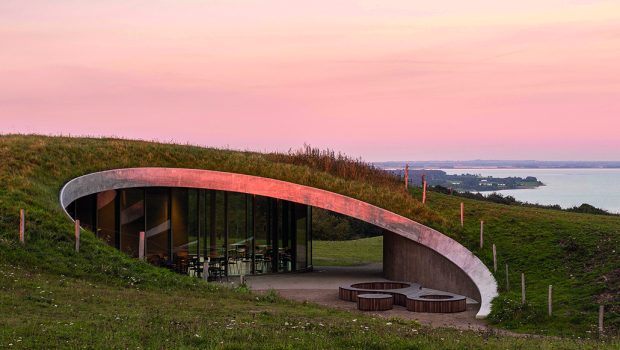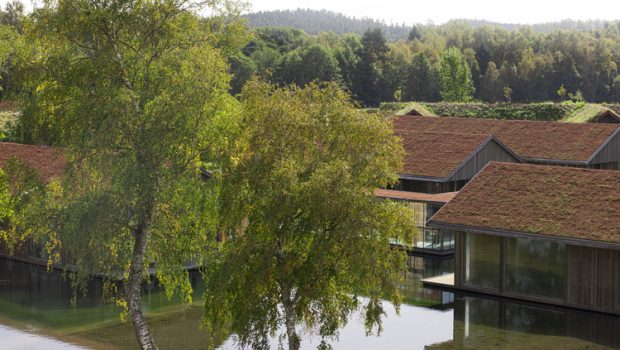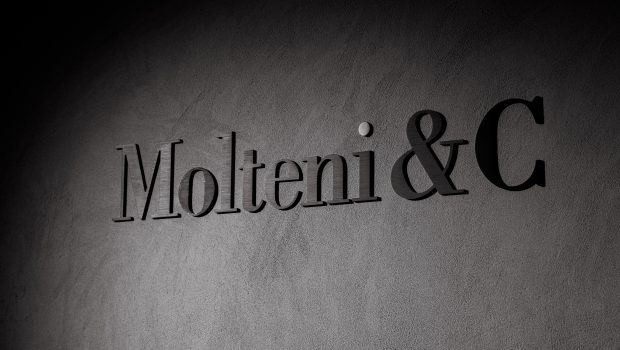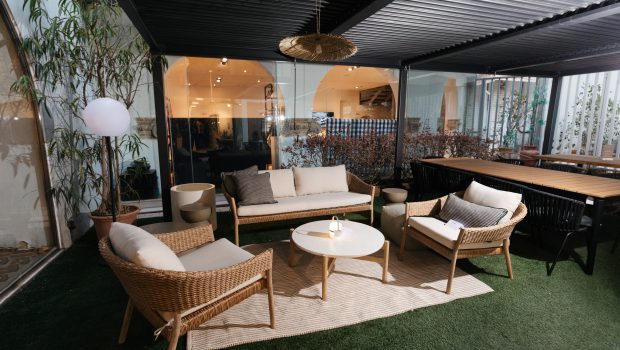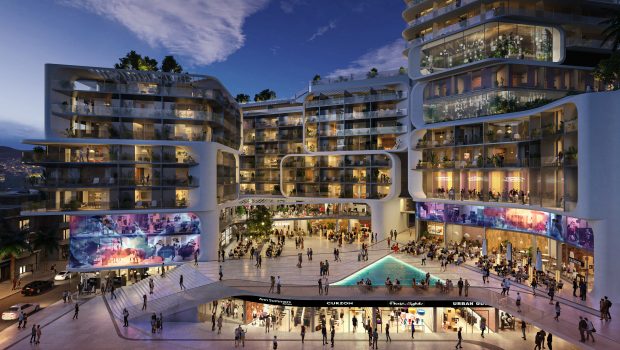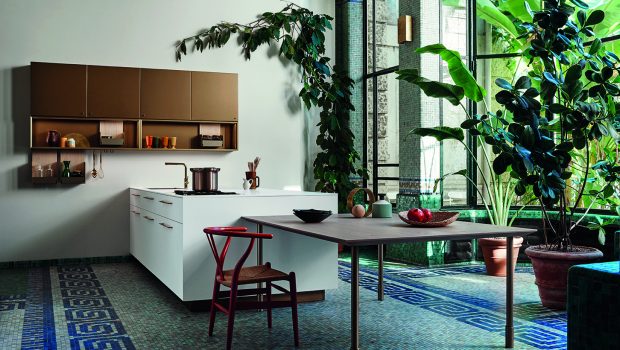Voxel cloud
In Innsbruck, Austria we unearth the works of Julian Edelmann, An Architecture student at the university of Innsbruck who has an interest in computational Design and Digital fabrication.
The “Voxel Cloud“ project is an experimental prototype that deals with deep and vague tectonics in an architectural context by investigating resolution and complexity. The project confronts the exuberance of complex geometries generated by algorithms with the perception of humans, thus questioning the central role of the human within this process by trying to blend between nature and technology. The end result as a house is not a proposal per se, but rather a speculation of how data and computation can generate an architecture that can be built by machine, and inhabited not just by humans, but also by micro to macro-organisms in a post-anthropocentric environment.
Complexity is defined as the amount of data and information within a system. Nowadays, we are not limited in the amount of information anymore. Day by day, we gain an exponential increase of collected data, and the tendency goes in the direction of an open-source society.
Simultaneously, we are more and more limited in our natural resources data is free, the material is limited, and there is no longer the question between more is more vs. less is more. As architecture is not just a material, but also an informational practice, we have the possibility to build with less material, but with more information, which accordingly leads to complexity. Due to the fact that the building industry is the slowest growing industry in the world, we have to radically change the way we think about architecture.
The project utilizes a computational work- flow, where scanned point cloud data acts as an input for the design tool apparatus. This three-dimensional dataset serves as a digital datascape that can be further informed by local and global attributes such as environmental conditions, structural loads, digital fabrication parameters, and material constraints. This process transforms the point cloud into a voxel cloud, whereas each voxel acts as a container of unique information and data at its specific location. This datascape, mostly hidden and invisibly to humans, can then be decoded and fabricated by machine.
As an output, the design tool apparatus produces a filigree and lightweight data-informed structure, which has a high variety in density and articulation. It is characterized by transitions between solid and fibrous, as well as order and disorder. There is no final design, but rather an ongoing adaptive growing process. Instead of separating the construction process and the architectural utilization from one another, the structure serves as an interface where fabrication robots, humans, and other species can coexist, like in a theatrical performance.
There is no interior or exterior, but rather several densities that can enhance different microclimate conditions. The voxel scaffold acts as a canvas for plants and animals to adapt and build on, while also guiding water throughout the whole structure. It is located in a park in Innsbruck, Austria, where it can become overgrown over time to blend with its natural surroundings.
This project was part of the Bachelor thesis by Julian Edelmann, and was developed at i.sd institute for structure and design, the University of Innsbruck, under the supervision of Prof. Kristina Schinegger, Prof. Stefan Rutzinger, Viktoria Sandor, and Klemens Sitzmann.

